Traveling in Setouchi
Located in western Japan, the Setouchi Region comprises the coastal areas of seven prefectures that surround Japan's largest inland sea. Setouchi's unique beauty stems from its many islands, each of which has its own customs and traditions, dotting the calm sea.
Making top travel destination lists, Setouchi topped the National Geographic Traveler Cool List in 2019 and placed seventh in The New York Times' "52 Places to Go in 2019," gaining attention as a top travel destination from around the globe.
In this article, we look beyond the area's incredible beauty and introduce four of Setouchi's cities along with fun activities and great sightseeing locations, where the rich variety of culture and history was born and shaped by the sea.
Okayama City - Wafts of Castle Culture -
A bit more than an hour from Tokyo by air and just shy of an hour from Osaka by rail, Okayama City is located on the eastern side of Setouchi. Okayama Station serves as the transportation hub to western Japan and is a major transit point for trains to the San'in and Shikoku regions.
An urban cityscape dotted with waterside parks and paths spreads out from Okayama Station. Walking around is an excellent way to enjoy the beautiful views of the city.
Okayama is the setting for "Momotaro," one of the most widely known folktales in Japan. The story is based on an ancient Japanese legend about Kibitsuhiko-no-mikoto, a prince of Yamato (modern-day Nara). Hearing of the destruction that an oni (ogre) named Ura was causing in the Kingdom of Kibi (modern-day Okayama Prefecture), the Prince set out on an expedition to slay him. Afterward, when the Prince learned that the evil Ura was in fact beloved by the local people, he was remorseful and swore an oath to dedicate the rest of his life to serving the people of Kibi in atonement. There are many locations associated with the Momotaro story throughout Okayama. Explore the city and feel the legends and history come to life.
From the end of the Warring States period (1467-1615*) to the Edo period (1603-1867), Okayama prospered as a castle town. The atmosphere of yore can still be felt to this day through locations such as Okayama Castle and Okayama Korakuen Garden.
*Several different understandings exist regarding ending year of the Warring States Period.
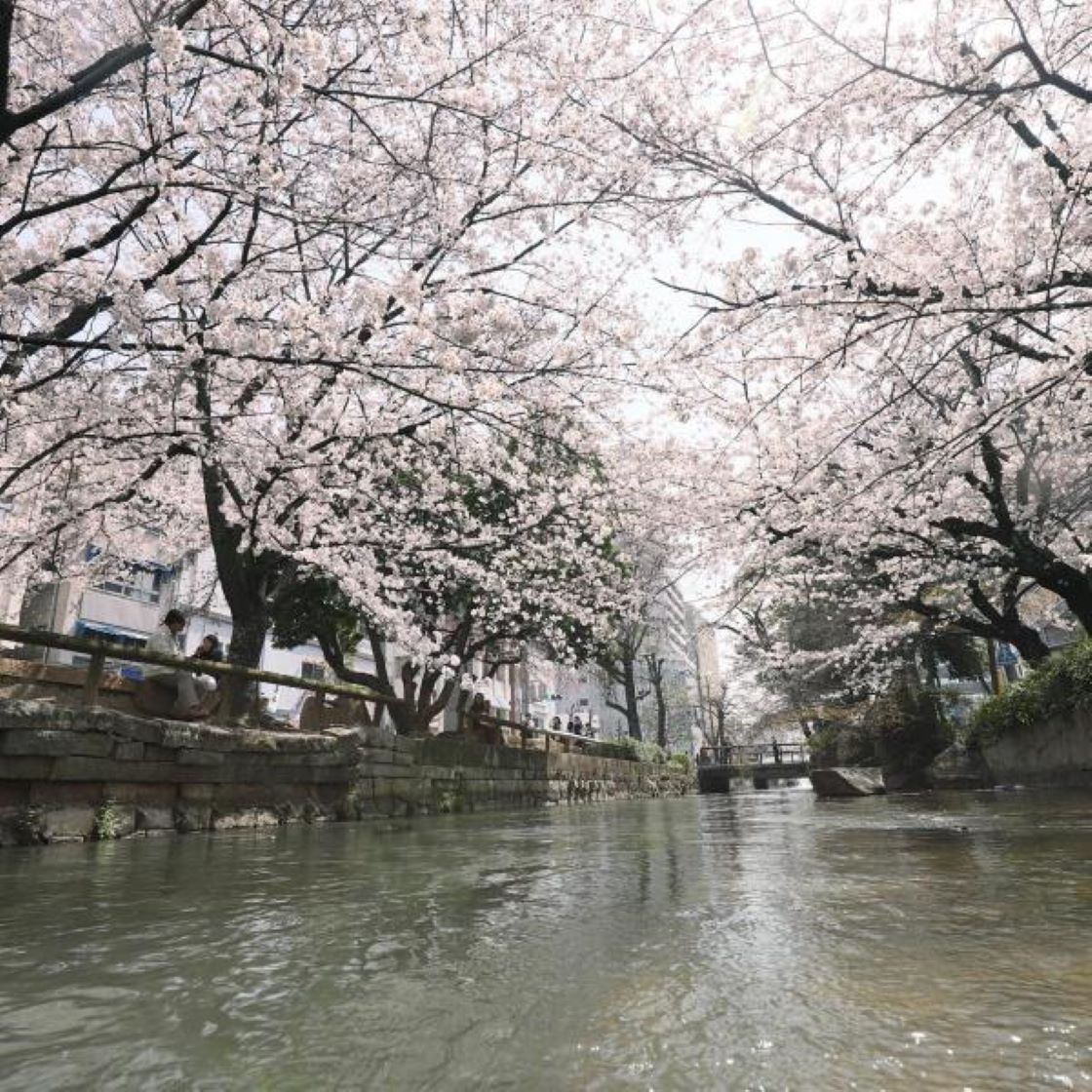

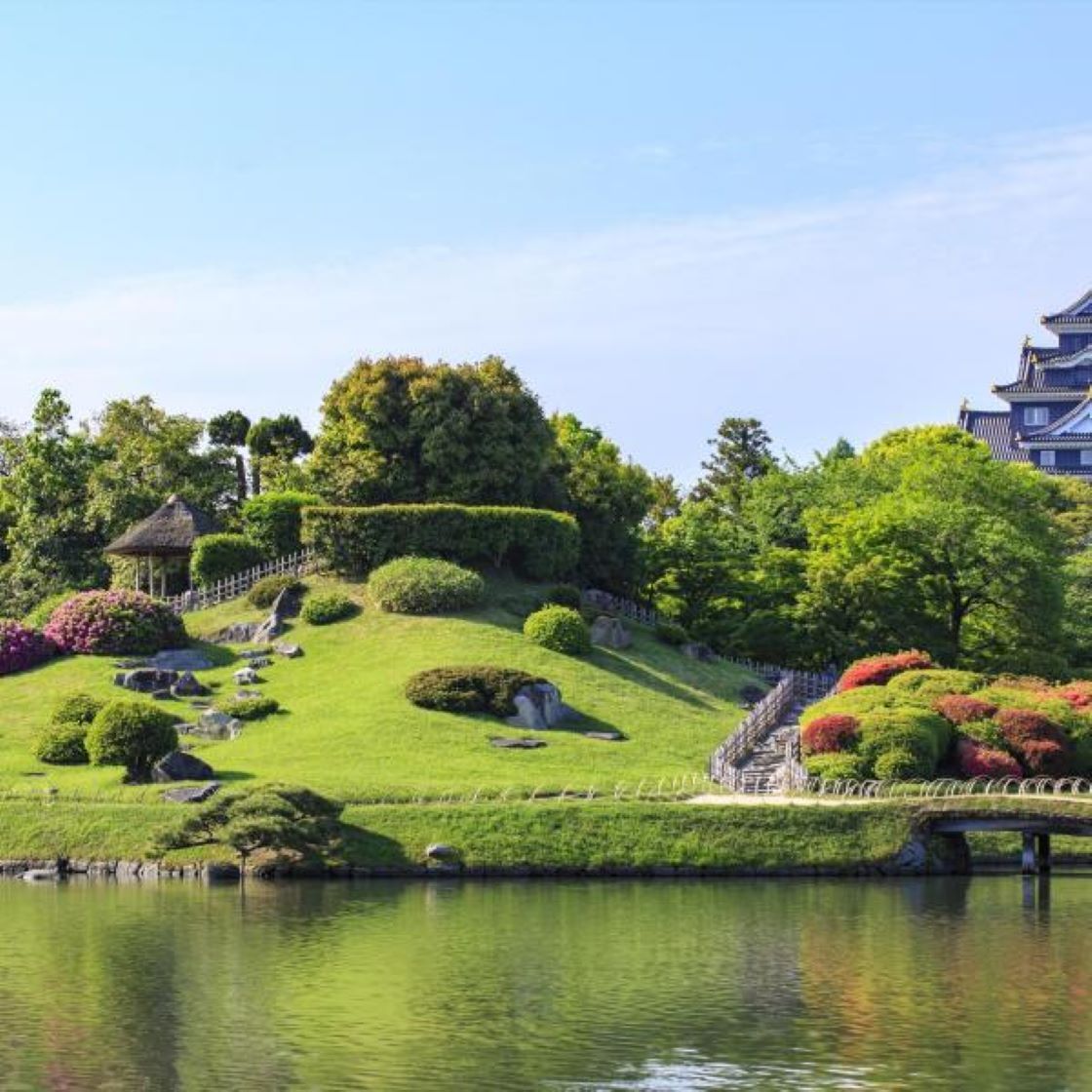
Things to Do in Okayama - Experience the Life and Practice of a Monk and the World of Zen Buddhism -
Traveling 20-minutes by bus from Okayama Station brings you to Sogen-ji Temple, built by the Lord of the Okayama Domain towards the end of the 17th century. It is a historical temple with a quiet and solemn atmosphere. It may come as a surprise that there are some 30 resident monks who have come from around the world to practice at Sogen-ji Temple. Moreover, some of those monks have been practicing for three decades or more. Visitors can partake in garden maintenance and sutra copying, as well as attend a Zen meditation session (zazen) at the temple. For those inclined to a more leisurely visit, the temple garden is also well known for its beautiful cherry blossom trees and autumn foliage. Through the various activities the temple offers, visitors can get a sense of why so many continue to come from all over the world to train as a monk.
Learn all about Zen Buddhism in Sogen-ji Temple:
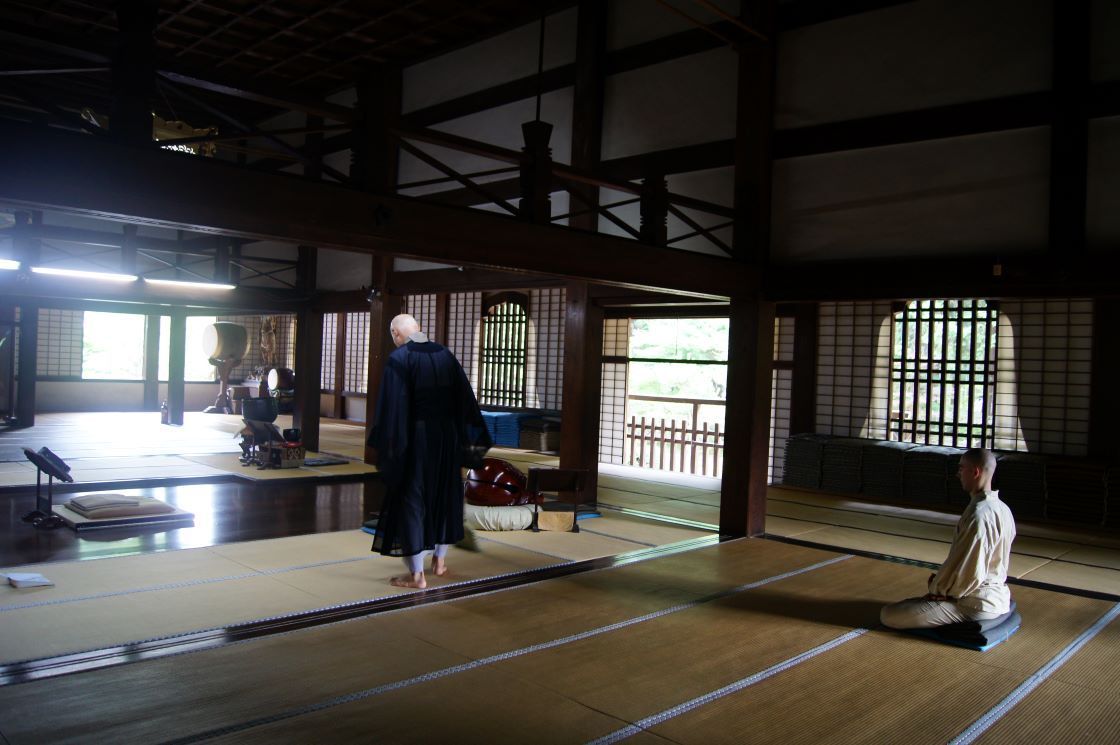
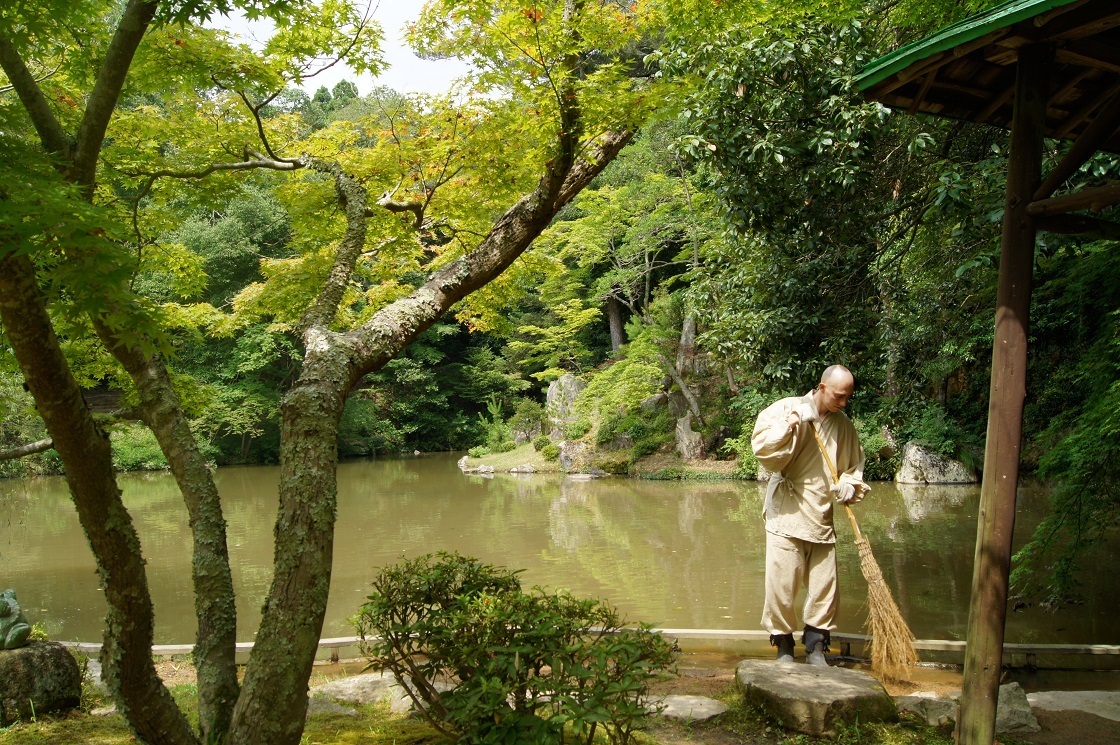
Takamatsu City - A Flowering of Art -
Takamatsu City is the capital city of Kagawa, the smallest prefecture in Japan. Close to both the mountains and the Seto Inland Sea, Takamatsu City is surrounded by natural beauty. It is a great base for visiting the islands that collectively host the Setouchi Triennale, an internationally acclaimed modern art festival. Additionally, there are many great locations in Takamatsu City for sightseers to experience culture, tradition, and art.
Long ago, "Takamatsu" was a center for producing fine goods to be given in tribute to the shogunate government, leading to the blossoming of many cultural traditions. The attractive objects d'art that can be found around Takamatsu give the city a rich ambience of the fine arts that continue to be practiced to this day. Strolling around town, visitors will find pieces by distinguished artists, such as Isamu Noguchi, and exhibition pieces from the Setouchi Triennale. Yashima, part of Japan's first National Park, provides panoramic views of the art-loving Takamatsu City and many of the islands dotting the Seto Inland Sea.



Things to Do in Takamatsu - Takamatsu Market Auction -
Take a tour of Takamatsu's wholesale market, known for its close ties to the Seto Inland Sea. Accompanied by an interpreter guide, see the early-morning auctions up close and feel the excitement. Learn about the bountiful marine products produced by the sea, big catch items, and what season is best for frequently used seafood. You can also learn about the role Takamatsu plays as a hub for marine product distribution, the relationships that the wholesale markets have, and the basics of auctioneering hand gestures and seafood distribution.
Private Fish Auction Observation at the Takamatsu Wholesale Market:
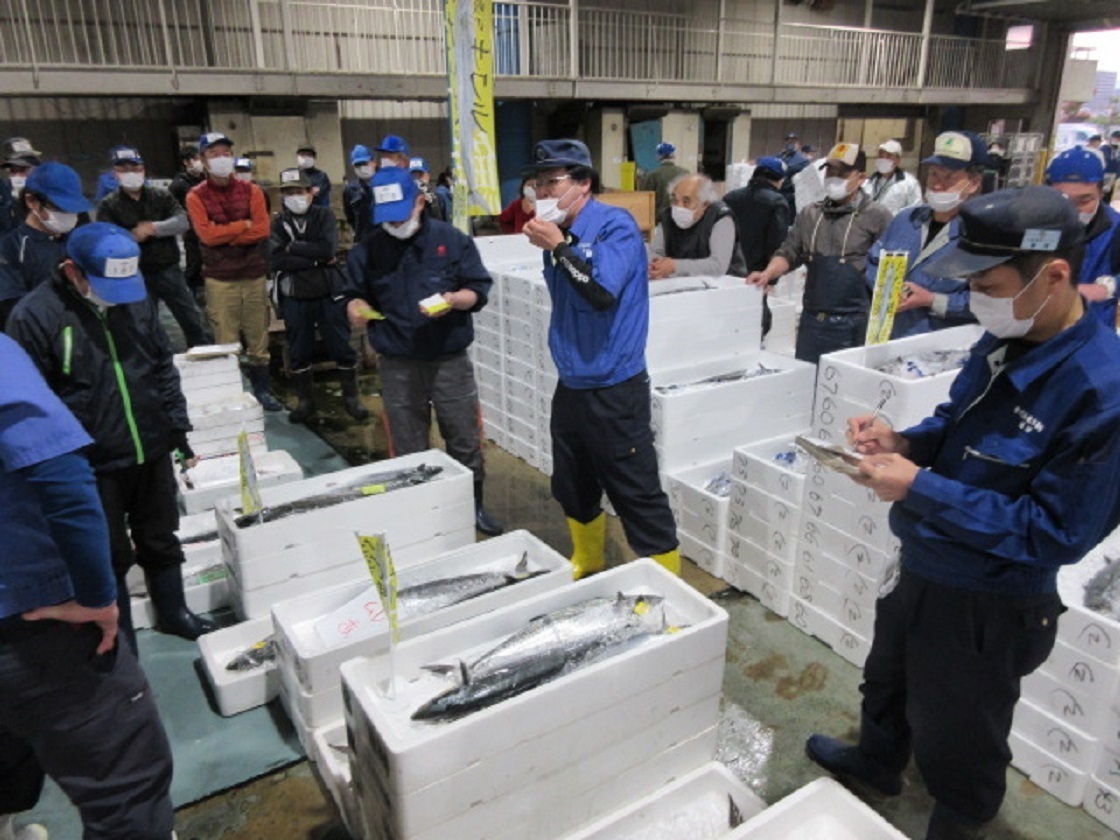
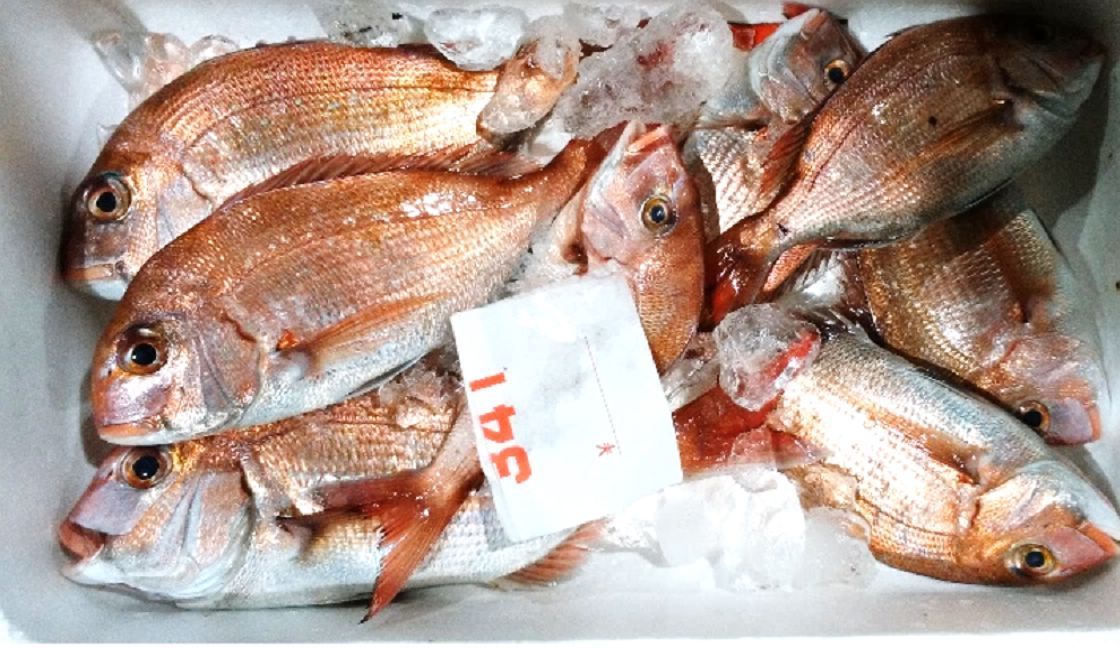
Matsuyama - Town of Literature -
Matsuyama, often called the "Town of Literature," is known for its deep connection to many poets, authors, and their literary masterpieces. MASAOKA Shiki, one of Japan's leading haiku poets, was born in Matsuyama nearly 150 years ago, and the master novelist NATSUME Soseki, whose beloved works include "Botchan," lived in Matsuyama. In "Botchan," Soseki describes a "a matchbox-like steam locomotive" that ran through the city, and in Matsuyama, you can ride the "Botchan Train" to enjoy the world as though you have traveled back in time to the nineteenth century.
Along the Botchan Train route, you can view Matsuyama Castle, which lies on top of a mountain in the center of town. The area once prospered as a castle town, and the historical heritage of the area can still be seen in the commercial and government districts.
One of the attractions that has gained popularity in recent years from overseas visitors as a way to experience Japan up close is the Shikoku Henro (Pilgrimage), a journey that visits 88 temples located around the island of Shikoku. Of those 88 temples, eight are in Matsuyama City, each with a charm from ancient times.
Japan's oldest hot spring, Dogo Onsen, has a history of three thousand years. Just by walking through this historical hot spring district of Matsuyama, you can enjoy traditional Japanese culture. The main building of the hot spring is said to have been used as one of the bases for the bathhouse in the Studio Ghibli movie "Spirited Away."
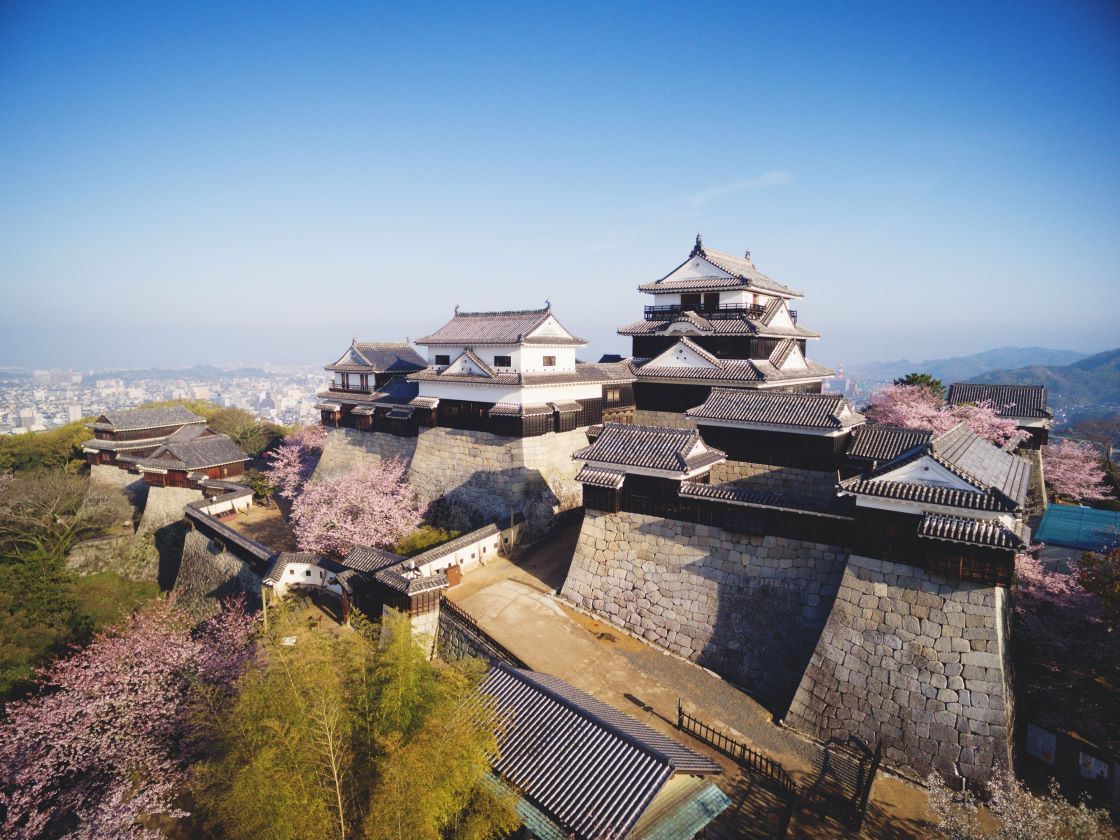

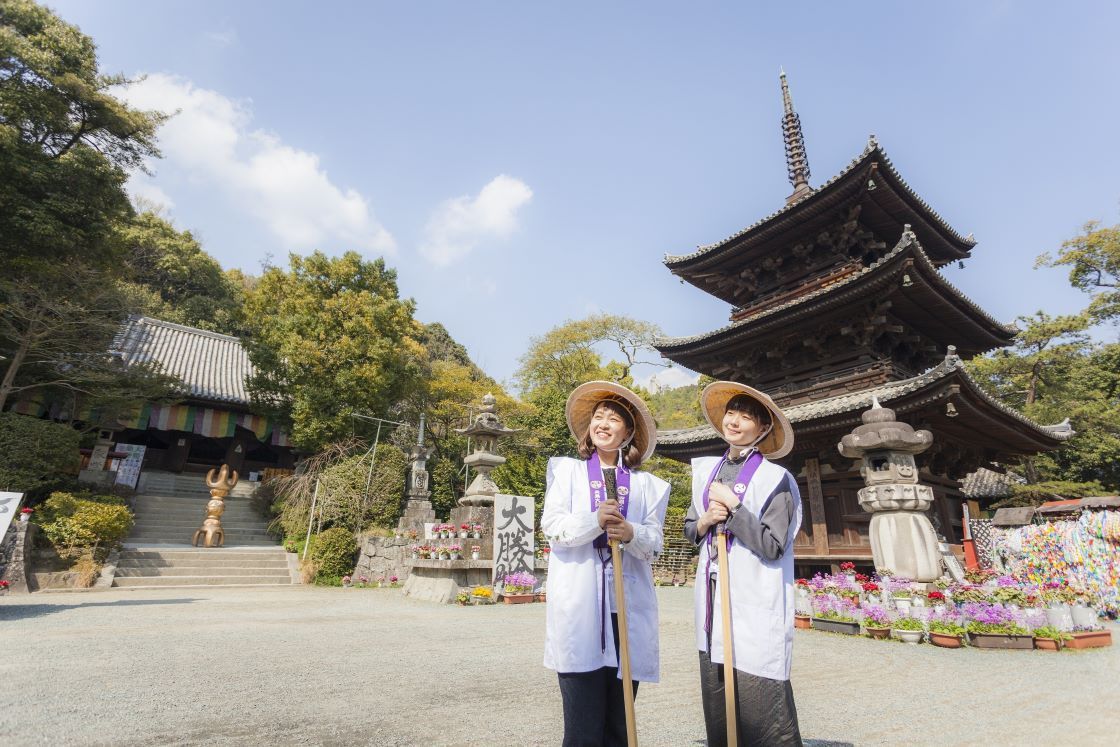
Things to Do in Matsuyama - Pilgrimage and SAKE Label Making at a Traditional Brewery -
The 88-temple pilgrimage is synonymous with Shikoku and anyone can informally take part in a portion of it. Ishiteji Temple - which has been listed in the Michelin Guide - is an excellent place to feel spirituality among the chaotic atmosphere of the temple after learning about the Shikoku Henro (Pilgrimage), including its history and pilgrim etiquette. When you are done with the pilgrimage, you can make your own original sake label at a local brewery to keep it with yourself as a souvenir of your trip.
Ohenro Pilgrimage and SAKE Label Making at a Traditional Brewery in Matsuyama:

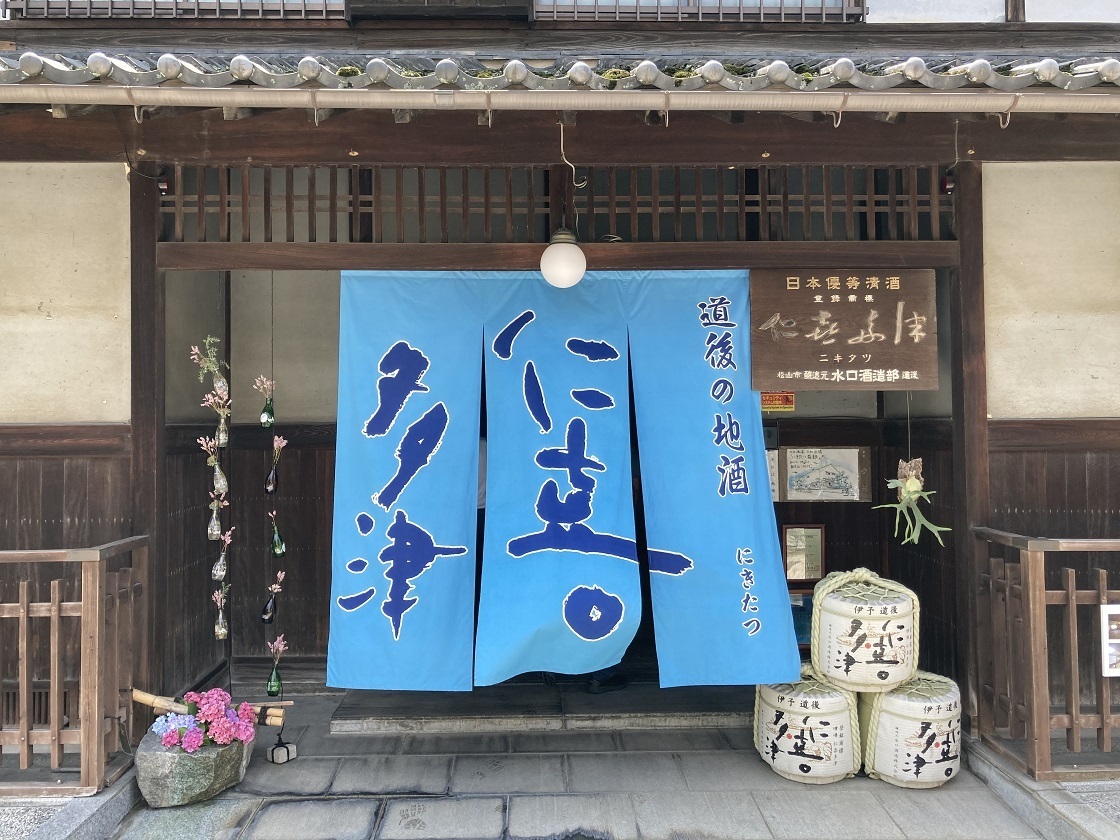
Hiroshima - Beacon of Peace -
Hiroshima is the largest city in the Chugoku and Shikoku regions. It stands, moreover, as a testament to the atrocity of the atomic bombing in World War II, and Hiroshima's subsequent restoration. It also serves as a place dedicated to spreading a message of peace to every corner of the world.
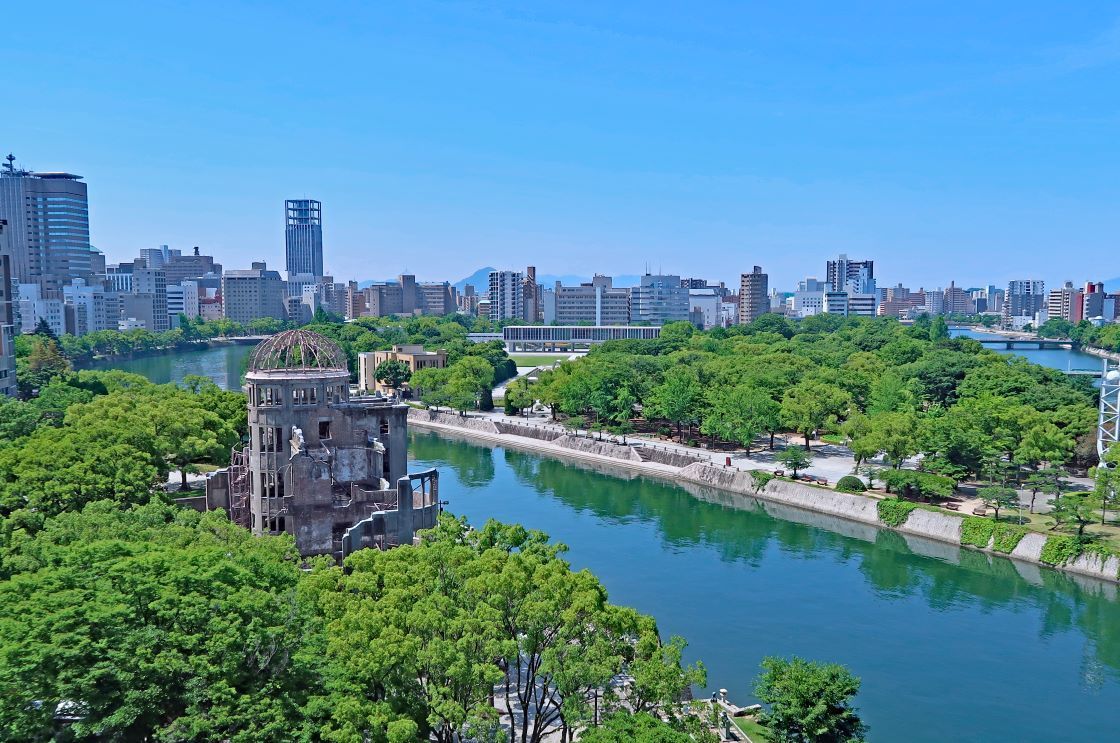

Hiroshima's reputation as a modern city notwithstanding, enjoying the abundant natural resources is one of Hiroshima's greatest attractions. An excellent example is Yuki Hot Spring, which is located along a tranquil gorge. Known as a tourist attraction on the outskirts of Hiroshima, the hot spring features an outdoor bath where guests can heal their body and mind as they gaze on the seasonal scenery and the babbling stream murmuring in the background.
Among the cultural attractions is kagura, a ceremonial Shinto dance said to be the oldest form of dancing in Japan. Several kagura performance groups are active in Hiroshima. Attending a performance is an excellent way to experience this little-known ancient tradition of Hiroshima and Japan.
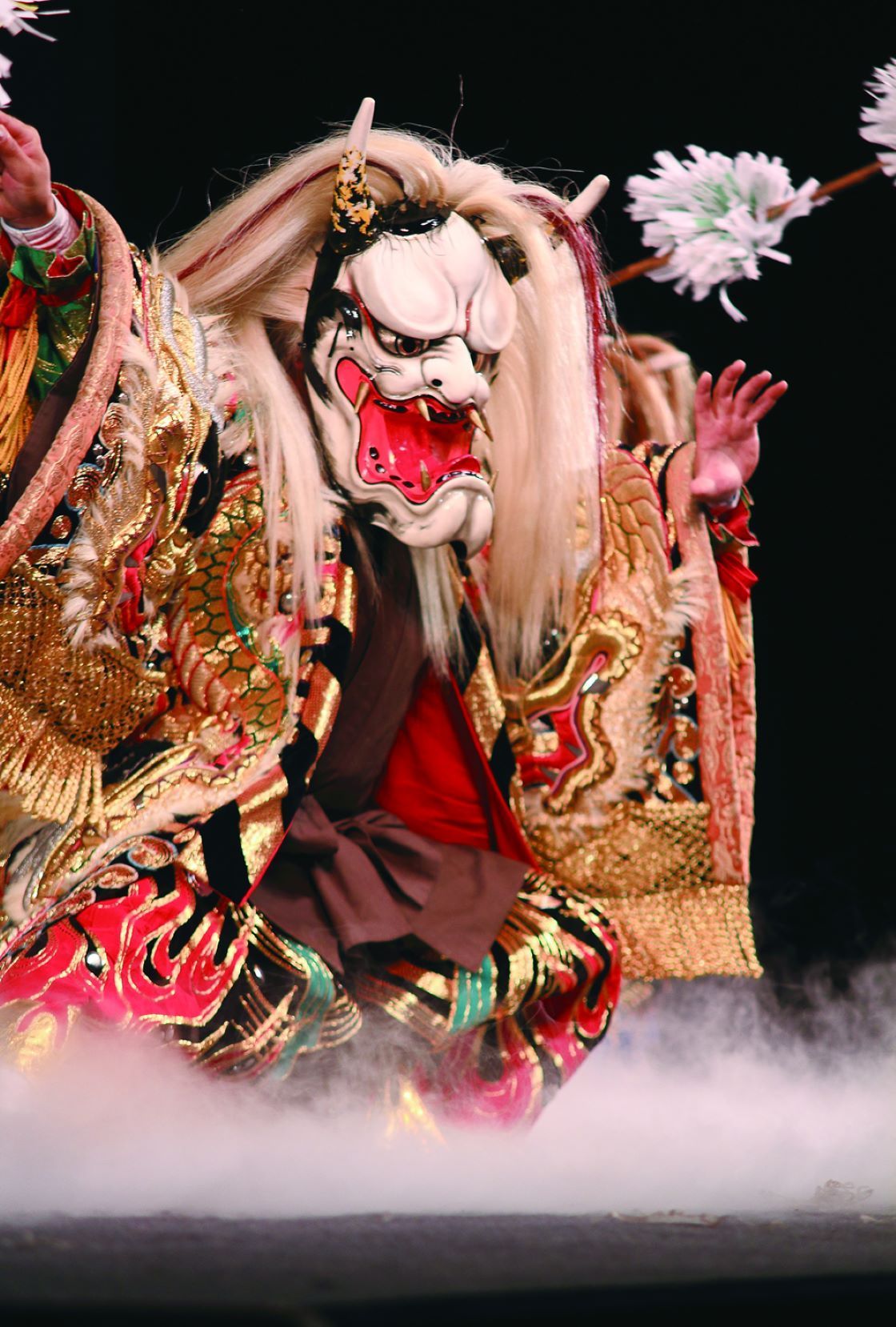
Things to Do in Hiroshima - Yuki Hiking and Traditional Folk Houses -
Yuki makes for a great day trip from Hiroshima to enjoy the beauty of the outdoors. An English-speaking nature guide will give information on landforms, flora and fauna, and local products on a hike. Afterward, mingle with local people in an old Japanese-style house. Cook food on a traditional irori firepit and sit around while enjoying your meal with locals.
Private Hiking and Country Cooking Experience in Yuki:
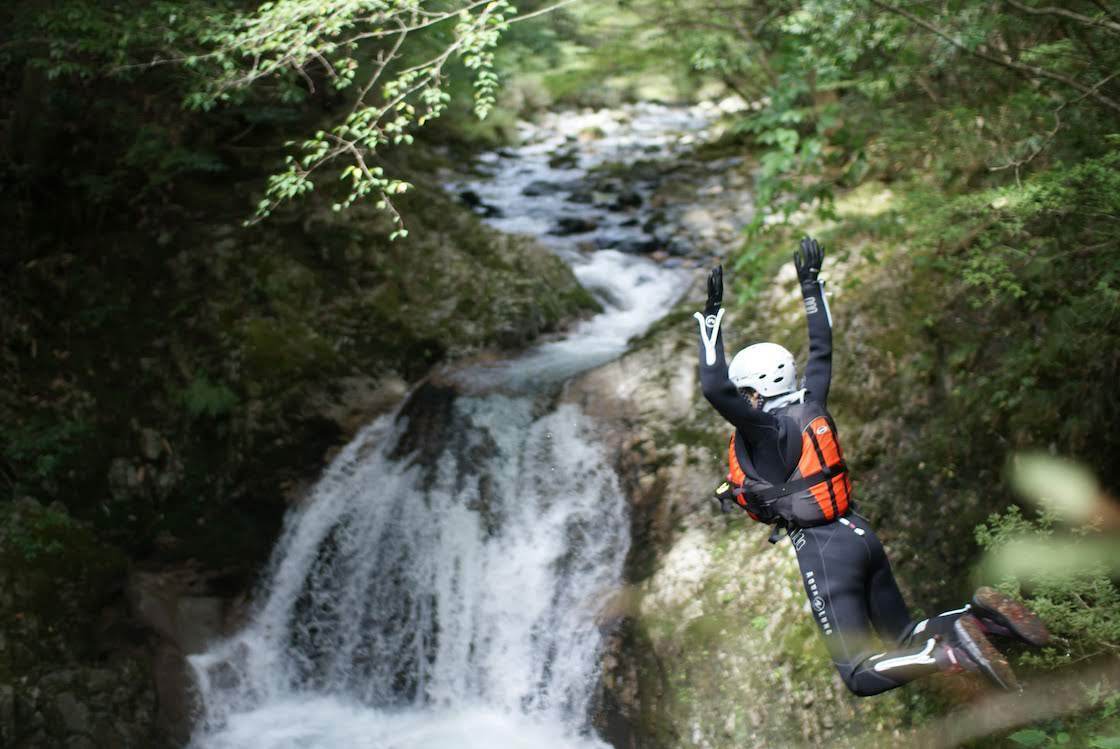
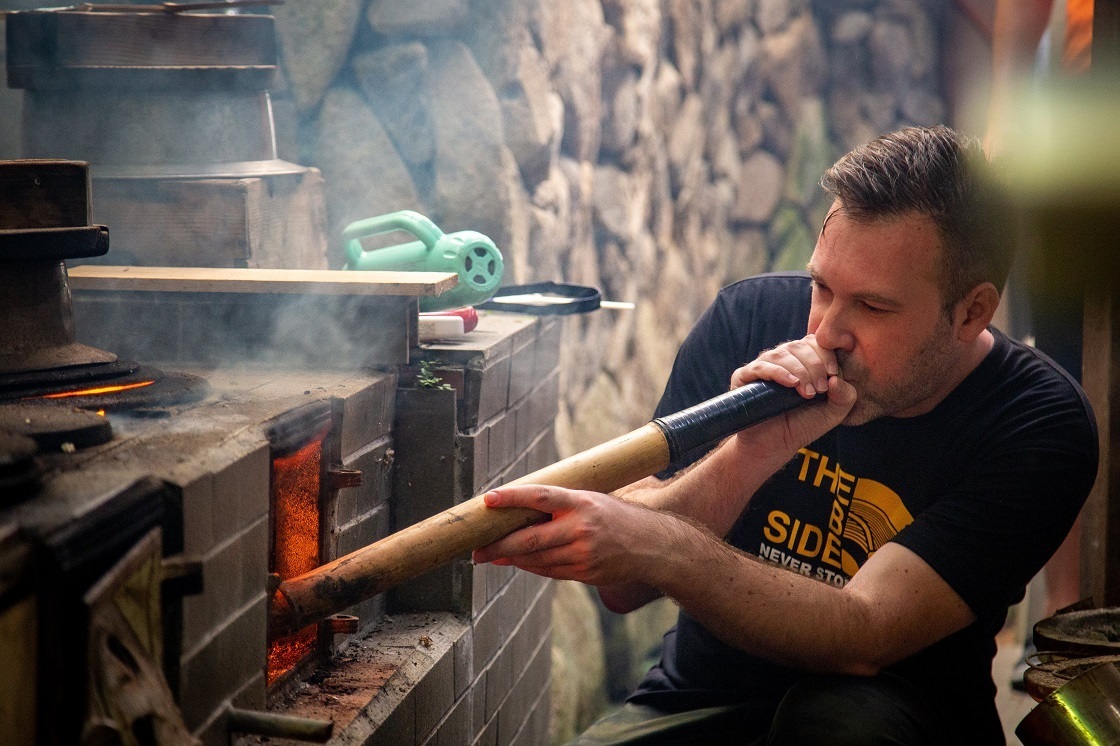
To go around the four cities in Setouchi
- Between Tokyo or Osaka and Okayama: Shinkansen, airplane, bus
See this page for details: Okayama: Access and Orientation - Between JR Okayama Station and JR Takamatsu Station: the Rapid-Service JR Marine Liner (approx. 60 mins)
- Between JR Takamatsu Station and JR Matsuyama Station:
- The Rapid-Service JR Ishizuchi (approx. 2 hours and half)
- The JR Shikoku Bus (approx.2 hours and 40 mins)
- Between Matsuyama and Hiroshima:
- The Ishizaki Kisen Ferries or the Setouchi Kisen Ferries (the rapid service takes 1 hour and 8 mins and the normal ferry service takes 2 hours and 40 mins between the Matsuyama Port and the Hiroshima Port)
- The JR Rapid-Service Shiokaze (approx. 2 hours and 40 mins between JR Matsuyama Station and JR Okayama Station)
- The JR Shinkansen Nozomi Train (approx. 40 mins between JR Okayama Station and JR Hiroshima Station)
- Between Hiroshima and Tokyo or Osaka: Shinkansen, airplane, bus
See this page for details: Hiroshima: Access and Orientation